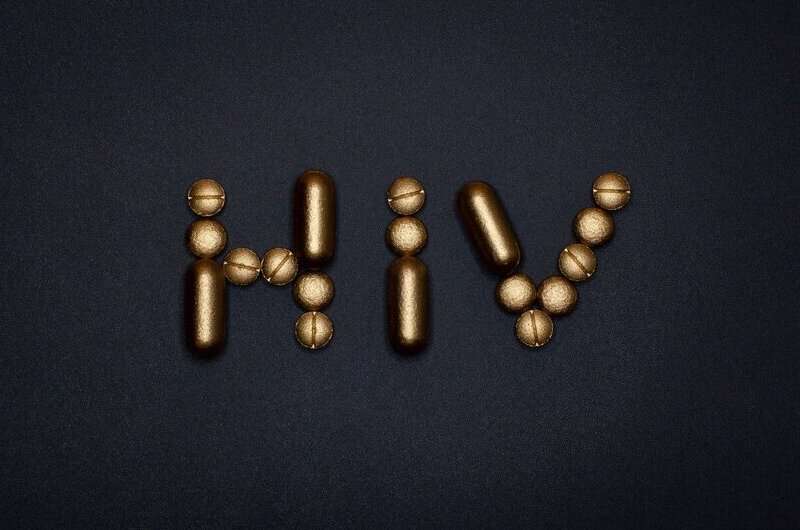
Researchers associated with the AIDS Clinical Trials Group (ACTG) have published a study titled “Varied Patterns of Decay of Intact HIV-1 Proviruses over Two Decades of ART” in the Journal of Infectious Diseases.
This publication found that levels of intact proviral DNA (inactive HIV DNA that may be capable of replicating) initially decay rapidly but that decay markedly slows among virally suppressed people living with HIV on long-term ART. The study also found a late increase in proviral DNA levels among some individuals. These data suggest that if the decay rates during the second phase could be accelerated to more closely approximate the first phase, it may be possible to reduce the viral reservoir to the degree needed to achieve HIV remission.
Intact proviruses are thought to lead to a rebound or increase in HIV viral load when a person living with HIV stops taking ART; their persistence is one reason that HIV cannot currently be cured with medications, though it can be well controlled. A recently developed assay is able to distinguish between intact proviruses (which may be able to replicate) and defective proviruses (which cannot).
An incomplete understanding of the ways that intact proviruses decay over the course of long-term ART remains a significant barrier to eliminating the reservoir and ultimately curing HIV.
“HIV cure is one of the ACTG’s primary research goals, but we still have much to learn,” said Judith Currier, M.D., M.Sc., University of California, Los Angeles, Chair of the ACTG. “This study provides crucial insights into the patterns of HIV reservoir decay. We’re particularly excited about the possibility of learning how to speed up that decay to mirror what we see in the first few years of treatment, which might enable us to eventually identify a path forward toward HIV remission.”
This study measured the intact, defective, and total proviral DNA of 14 participants with HIV who initiated ART in ACTG studies. Over more than 15 years on ART, all of participants achieved and maintained viral suppression and had no known treatment interruptions. Five participants were assigned female sex at birth and the median age prior to starting ART was 44 years.
While defective proviral DNA levels were essentially stable, researchers identified three patterns of intact proviral DNA decay:
- Two phases of decline, in which the second phase was much slower than the first
- An initial decline that transitioned into a plateau in the decay
- An initial decline followed by later increases in intact proviral DNA
“In order to ultimately achieve HIV remission among people living with HIV, we need to better understand how the HIV reservoir is maintained and decays and this study is an important step forward in that regard,” said Rajesh T. Gandhi, M.D., lead author on this publication.
“If we could understand why the decay in virus levels in infected cells slows down over time when a person living with HIV is on treatment, we may be able to design interventions that accelerate the decrease in HIV levels and achieve HIV remission.”
AIDS Clinical Trials Group

